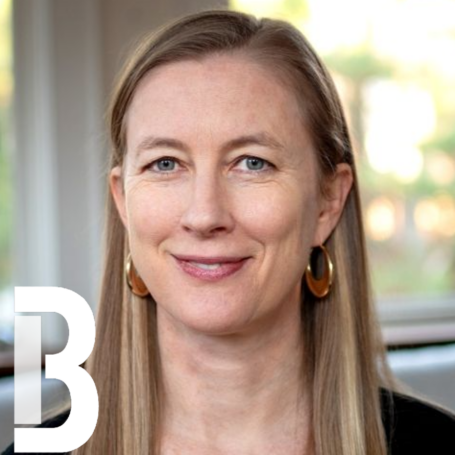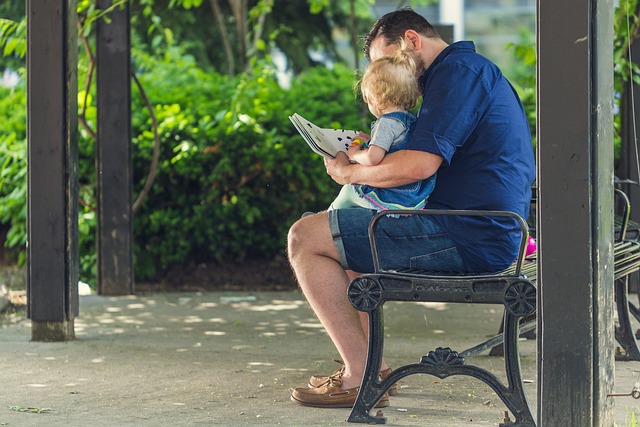 Research
Research ‘Death Where is Thy Sting?’

For a few who labored in anonymity while alive, there can be a sort of life after death when their mortal remains eventually are found.
Perhaps the clearest example of a person being socially dead is given by Glenys Caswell and Morna O’Connor at the University of Nottingham. They describe the rare, but not unknown, example of a man they call Adam Jackson, whose skeletal remains were found in his house at least four years after his death. This man had apparently been living so isolated an existence that his absence from any social contact was only noticed when a bailiff broke into Mr. Jackson’s house because of unpaid bills. I suppose it could be argued that he had a social existence long after death because of the bills he was amassing, but social death had occurred much earlier during his life as he disappeared from interaction with anyone else.
Caswell and O’Connor propose that Mr Jackson may have chosen a degree of isolation equivalent to social death for his own, possibly rational, reasons. They argue that although this was his right it is frowned on by society at large. This leads to the irony that the public concern with his lonely death gave him a social existence after his body was found; leading to the further irony, that this social existence is also promoted by Caswell and O’Connor’s own researches.
Although Adam Jackson may have had an acceptable rationale for his isolation, for many others social death may be wished on them unwillingly. Chris Gilleard and Paul Higgs of University College London discuss the ways that conceptualizations of dementia may inadvertently treat people as if they are socially dead. They consider this in the context of notions of a fear of a fourth age in which the loss of agency associated with frailty, especially mental frailty, can set a person, as Gilleard and Higgs put it, ‘”on an undignified journey towards non-existence.” By recognizing the risk of this pathway to social death they point to the significance for carers in maintaining their relationship with the person cared for. The helps to ensure that those carers themselves are protected from the depersonalizing aspects of the fourth age.
Where a person is known to be terminally ill, there is also a risk of social death before physical death. This is examined by Erica Borgstrom from the London School of Hygiene and Tropical Medicine. She focuses on end-of-life care policies in England, which emphasize the importance of actively involving the dying person in planning for their death in order to reduce the risk of them becoming non-persons. Such an approach challenges the medicalization of death, with its focus on the body. As in so many other areas of medicine, the person is put in the background. The person’s agency is subordinate to their body – a case to be managed.
A particularly powerful challenge to social death comes from a context in which dominant public attitudes, encouraged by religious belief systems, commit a dead person to being non-existent in social discourse because the person committed suicide. This, perhaps unexpectedly in a modern, essentially liberal democracy is the case in Israel. As discussed by Zohar Gazit of the Hebrew University of Jerusalem, orthodox Judaism considers suicide taboo, and this is reflected in general attitudes and behaviours. As a consequence a movement is growing in Israel seeking to have suicide recognized as a social problem. In particular the social death that typically accompanies suicide is highlighted with the aim of drawing attention to survivors’ entitlement to consideration and support. An important aspect of this is the way the social death of a person who commits suicide hides the issues that gave rise to suicide and therefore reduces the possibility of dealing with those issues in order to prevent further suicides.
The post-mortem social death associated with suicide also opens up the possibility of post-mortem life. As Annika Jonsson from Karlstad University illustrates, there are many ways in which the dead are kept alive, at least in the minds and social process of the living. She shows how this process operates in Sweden, where one in five people claim to have been in contact with or sensed the presence of a deceased. My own experience provides an example of this. Some months ago, in the middle of the night, I woke up screaming because of the sensation of a man walking past my bed; a most unusual experience for me. I discovered a couple of days later that a close friend had died, many miles away, at the time I had woken up. For despite my atheism and total disbelief in a spirit world, I found the experience curiously comforting.
This contact with the deceased also often takes the form of storytelling about them. This allows continuing bonds to exist that keeps the dead person within the community. These can be strong bonds, in which the deceased is still considered to have an important significance in the lives of survivors. Or the bonds can be non-existent, due for example, to a lack of knowledge about earlier generations, perhaps made worse by a move from a long-established family home. In this case there is post-mortem social death.
Adela Toplean from the University of Bucharest explores a particularly intriguing way in which couples in Romania ward of post-mortem social death. Photographs of the couple are put on the gravestones of the first to die. Toplean argues that this has roots in Romanian Orthodox Christianity’s acceptance of material aspects of belief through icons, veneration of relics and a widespread view that photographs contain an aspect of the person. The photographs of couples therefore continue the bonds between the living and the dead. The public nature of these photographs allows an intimacy with the dead outside the home. As Toplean says, within the religious and cultural context of Romania, these photographs are an active shield against the process of social dying.
Perhaps the clearest example of post-mortem life is the way famous composers live on in many different ways. Lisa McCormick from the University of Edinburgh reveals this in the power of what she calls ‘the agency of dead musicians.’ McCormick discusses how composers are venerated through commemorative rites, notably anniversary programming. But it is the tangible object of the musical score that gives famous composers the edge on post-mortem longevity. The inevitable ambiguity of music notation provides a spur to search for what composers really want. This quest limits the impact of social death.
Just as Adam Jackson comes alive again in this themed issue of Contemporary Social Science, and the surviving members of married couples in Romania relive their marriage through a photograph with a partner on a gravestone, so the Path to Life in fights the social death that blights suicide in Israel. These all illustrate the importance of recognizing the possibility of social death and its consequences, so effectively encapsulated by Jana Kralova and Tony Walter in editing this special issue of Contemporary Social Science.
























































































